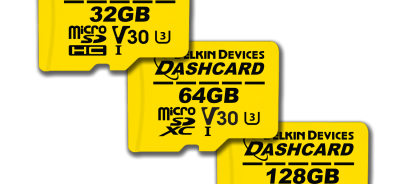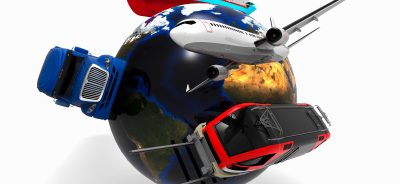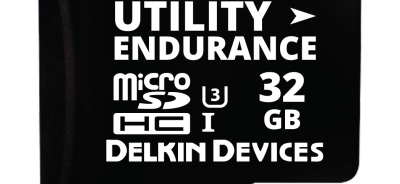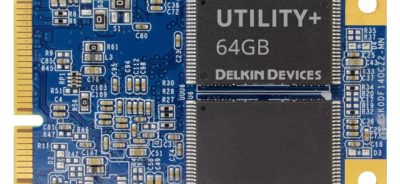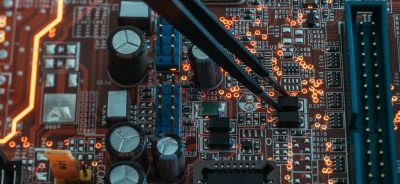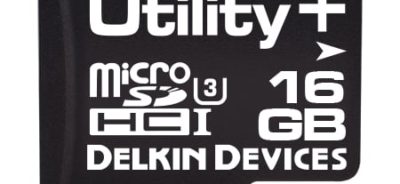Industrial Flash Storage Devices and Considerations for Custom Features
General
This post will describe Industrial Grade Flash Storage Devices and some desirable custom value-added features that extend their effectiveness.
Commercial Grade Vs. Industrial Grade Storage
Commercial Grade Flash devices are very common and usually inexpensive, and don’t include any custom features. They range from full Disk Drive storage devices used in Laptop personal computers, to very inexpensive USB drives one can buy in any electronics or even supermarkets. USB drives have become commodity items, to the point of very inexpensive ones becoming corporate, private label giveaways at trade shows, etc. These devices generally use high-density inexpensive MLC or TLC Flash, and inexpensive Flash controllers. These are not recommended for use in Industrial or any environment that deviates from everyday commercial conditions.
On the other hand, Industrial Grade storage is a requirement for harsh operating environments, where temperature, humidity, electrical noise, dust etc. become critical factors in providing reliable operation and long device life.
Many users balk at the premiums that Industrial Grade storage brings, not realizing the very high engineering, manufacturing, and test qualification costs that go into these devices.
Many end-users learn the hard way. They use commercial grade devices in borderline environments and soon realize it doesn’t work as planned. As Mike Tyson once stated in an interview, “Everybody has a plan until they get punched in the face.” This can be a knockout punch if not thought out carefully. We have seen this many times. In fact, for some applications, a move up to Military specifications are even justified.
Industrial Environment Operating Specifications
Most devices are broadly specified in these temperature categories:
- Commercial: 0° to 70°C
- Industrial: −40° to 85°C ( -40° to 100°C)
- Military: −55° to 125°C
For this article we will concentrate on the Industrial range. Keep in mind that these are ambient conditions surrounding the device, not internal device temperatures.
Note that we have parenthesized a higher temperature limit. This limit is used by some manufacturers. An even higher upper temperature of 125°C is specified for some automotive devices.
Humidity is another major factor and is generally specified as 95% non-condensing for Industrial-grade devices.
Additional Desired Characteristics For Industrial-grade Devices
Applications vary, but in general, there are additional considerations that should be addressed in the design of Industrial-grade Storage devices. Some important ones are:
Immunity to Electrical Noise
Immunity to Dust and Water Ingress
Immunity to Static Discharge (ESD), EMI, and EMC
Immunity to Shock and Vibration
Not all of these apply in all applications but are examples of what can be expected in an Industrial environment.
Industrial Application Examples
Manufacturing Equipment
Industrial Internet of Things (IIoT)
Remote Telecommunications Switches
Traffic Light Controllers
Remote Radio Sub-Stations
Remote Oil Processing Facilities Data Logging
Tractor Trailer Cab Data Logging
Medical Equipment
Device Hardware and Firmware Considerations
Flash Storage devices are not just made up of hardware. The Controller Firmware plays a major part of the final device operation and life expectancy under extreme conditions.
Firmware is responsible for overall device management. This includes, but not limited to Flash Management and Host port management. All this is aided by properly integrated hardware.
Together they form a tight real-time embedded system, with the specific goal of reliable data storage with maximum useable life.
Besides the required functionality of the storage device, most often additional functionality is needed. This is due to the harsh environments these devices are deployed in, often in remote locations, not easily reached — most times, unsecured.
This is where end-users tend to request additional functionality for device security and management.
To this end, initial design considerations toward this end are extremely important. Hardware and firmware must be properly integrated to support the goal of adding functionality during production and remotely by remote Firmware upgrades.
As a requirement, firmware must be upgradeable without losing or corrupting existing data collected on the device. So careful thought in the design process is required here, and proper testing before release. Once in the field, it’s too late for corrections if they cannot be made without truck rolls to sites.
Important Features
In today’s Internet-based world, and the IoT and IIoT, many service devices deploying storage require custom options including extra security measures, extended device life as well as a way to determine the health and operating conditions of the device. Failure without warning is not an option. Stolen data is also forbidden.
Let’s address Security. The storage drive should support data encryption, such as AES. As well, the ATA secure command set should be supported. This allows devices to be locked until the host is ready to transfer data with an unlock password. Often users want more security than this. So one of the Military type security schemes can be used. In some applications, if the system is in trouble, a secure fast erase command is requested. This physically erases the entire device and sometimes has a fixed pattern written to the whole device, identifying what has occurred. NSA 912 Sanitization is an example of user-requested custom commands be added.
The next category is addressing the device operating health, remaining life expectancy, and current environmental conditions within the device. The first thing that comes to mind is the use of the SMART commands. This is a valuable command for accessing device health. However, although there is some standard structure to this, it is not uniform and varies from vendor to vendor. Some Vendor data is more intensive than others. Thus, requests to add parameters are common and not difficult to add, providing the hardware support them.
Desirable parameters, some included by some vendors are:
Terabytes written for this device
Number of Power cycles
Number of power cycles during data write commands
Total time in service
Total Corrected Read Errors
Total Read Errors
Total W/E Errors
Total W/E Errors Recovered
Estimated Device Life Remaining (hours, days, weeks, months, years)
Ambient Temperature at the device surface
FW Version
These are just some of the items we have seen requested over the years. There are many more.
The issue with customization of FW is the controller vendor usually has to do this. The Ideal solution is to offer an API and a toolkit, such that the device manufacturer can make custom changes for their customers, without affecting the permanent operating code. This is not as difficult as most controller vendors claim, and it is in part due to the belief of IP theft. This is nonsense since a properly written API and toolkit would not allow this.
As an additional note, it is an absolute requirement that FW is update-able remotely, and this should apply from current devices all the way back to legacy devices. This gives the manufacturer a value-added tool for additional revenue by adding custom features and also updating older devices already in the field.
Conclusion
Industrial-grade Storage is becoming more and more in demand. Proper design and test from the beginning will pay off in the long run. Long device life in harsh environments, consistent operation, and flexibility for simple custom upgrades are all key.
ORDER DELKIN INDUSTRIAL FLASH STORAGE TODAY through our distribution partner Newark.
Contact
Article Contributor:
Carmine C. Cupani, MSEE
CTech Electronics LLC
 Login
Login Register
Register



